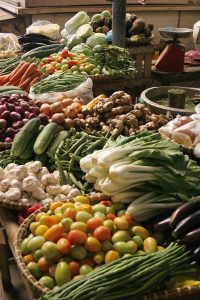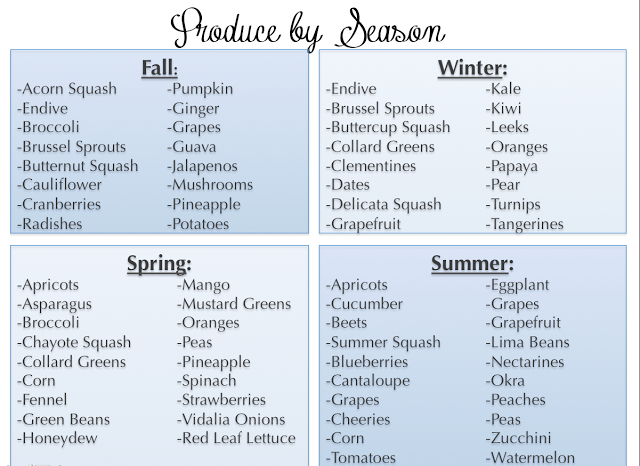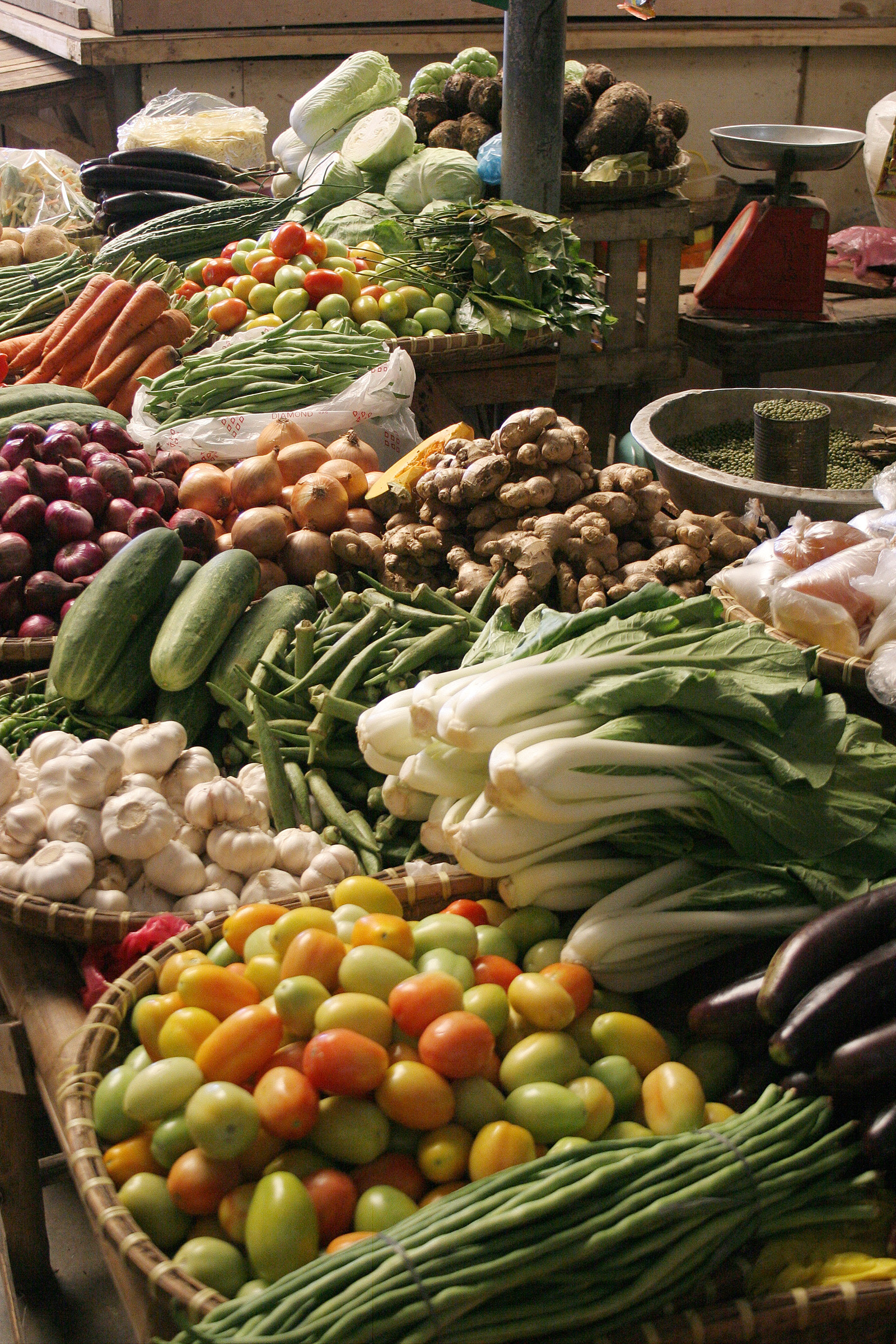2021 Wellness Program “The Beauty Chef”
 Vegetables: The Original Super Food
Vegetables: The Original Super Food
As a group of foods, vegetables are by far the most health-promoting foods there are. When you exclude vegetables from your diet, you are missing out on all of the health-promoting components found in these foods. Vegetables provide us with a wide variety of phytochemicals and antioxidants. The word phytochemical refers to the compounds (or plant chemicals) found in vegetables or other edible plant foods. Phytochemicals come from different plant sources and there are several thousand different phytochemicals. A few words that are used when referring to phytochemicals include: antioxidants, polyphenols, flavonoids, isoflavones, and carotenoids. There are a number of studies that have demonstrated the many health benefits of vegetables and their phytochemicals.
Newer studies have emerged that suggest that the phytochemicals may have an even greater role in human health than previously thought. The bottom line is that most of us need to eat more vegetables than we do now. If there was ever a single step that you could take to make a major improvement in your diet, this would be it! Module 2 discussed the balanced plate method for filling your plate with the right foods. When it comes to vegetables, that means half of the plate!
Here are examples of prominent phytochemicals and specific health benefits:
(Source: http://www.fruitsandveggiesmorematters.org/)
| Phytochemical | Proposed Benefits | Food Sources | Other Facts |
| Beta-Carotene | Immune System Vision Skin Health Bone Health |
Pumpkin Sweet Potato Carrots Winter Squash Spinach Collard Greens Kale Broccoli |
Orange and dark, leafy green veggies |
| Lycopene | Cancer (Prostate) Heart Health |
Tomatoes Red Peppers Tomato Products |
The heating process makes lycopene easier for the body to absorb |
| Lutein | Eye Health Cancer Heart Health |
Collard Greens Kale Spinach Broccoli Brussels Sprouts Lettuces Artichokes |
This phytochemical is found in the macula of the eye |
| Anthocyanidins | Blood Vessel Health | Red Onions Red Potatoes Red Radishes |
Found in red & purple vegetables |
| Isoflavones | Menopause Cancer (Breast) Bone Health Joint Inflammation Lower Cholesterol |
Soybeans | ½ cup of boiled soybeans offers 47 mg of isoflavones |
Time to check in: How does your daily vegetable intake measure up?
Your daily intake goal for vegetable and fruit servings should be somewhere between 5-9 servings per day. We recommend that you have at least two fruit servings daily and at least 3-5 vegetable servings. If this sounds like a lot of vegetables, don’t worry. Serving sizes are not very large, making it very easy for you to get in the right amount of vegetables every day.
One vegetable serving size equals:
- 1/2 Cup cooked vegetables
- 1 cup raw vegetables
- 6 oz. vegetable juice
Shopping: Tips for Buying Fresh Produce
There is no doubt that the addition of vegetables (and fruit) to your diet will bring amazing health benefits. Along with lower incidence of chronic diseases and certain types of cancer comes a variety of flavor, texture, and nutrition that is just waiting to be taken advantage of. However, shopping for fresh produce can be both confusing and frustrating. Most of us know the feeling of buying produce only to find out they’re either already spoiled on the inside or so under-ripe that they need to be left out for days before eating. Thankfully, by following a few simple steps, you can make shopping for fruits and vegetables both an easy task and a wise choice for your health.
As always, it is an important step to write out your shopping list to cover what you need. It will save you both time and money. Next, celebrate the season. When produce is in season locally, the abundance of the crop usually makes it less expensive. A dark red, vine-ripened tomato still warm from the summer sun will be filled with flavor as opposed to a winter hothouse tomato that’s barely red and lacking in flavor. This is because foods lose flavor and moisture when they’re held. They’re harvested early and refrigerated so they don’t rot during transportation, and won’t ripen as effectively as they would in their natural environment. Seasonal produce will serve up the most flavor and nutritional value, is good for the environment, and will boost your budget. There are tons of guides to seasonal produce online, but a general chart is shown here:

It’s also important to keep in mind that many farmers choose to use pesticides on their crops. Pesticides have been linked to a number of health issues and its best practice to limit your exposure to pesticides . While it may be impossible to avoid all pesticides, there are ways to minimize your exposure to them. Each year, the Environmental Working Group releases their “Shopper’s Guide to Pesticides,” breaking down which fruits and vegetables have the most pesticides and which have the fewest. To name a few, the most recent “dirty dozen” list revealed apples, strawberries, grapes, celery, peaches, and spinach. The fruits and vegetables on their “clean fifteen” list included avocados, sweet corn, pineapples, cabbage, and onions. While it may not fit in your budget, it is recommended to buy organic.
HOMEWORK
*Plan on attending the Beverage Seminar tomorrow night 5:45pm*
Consider adding more vegetables into your diet:
Green Minestrone pg. 71
Kale bowl with quinoa, fermented vegetables, wakame and avocado pg. 78


